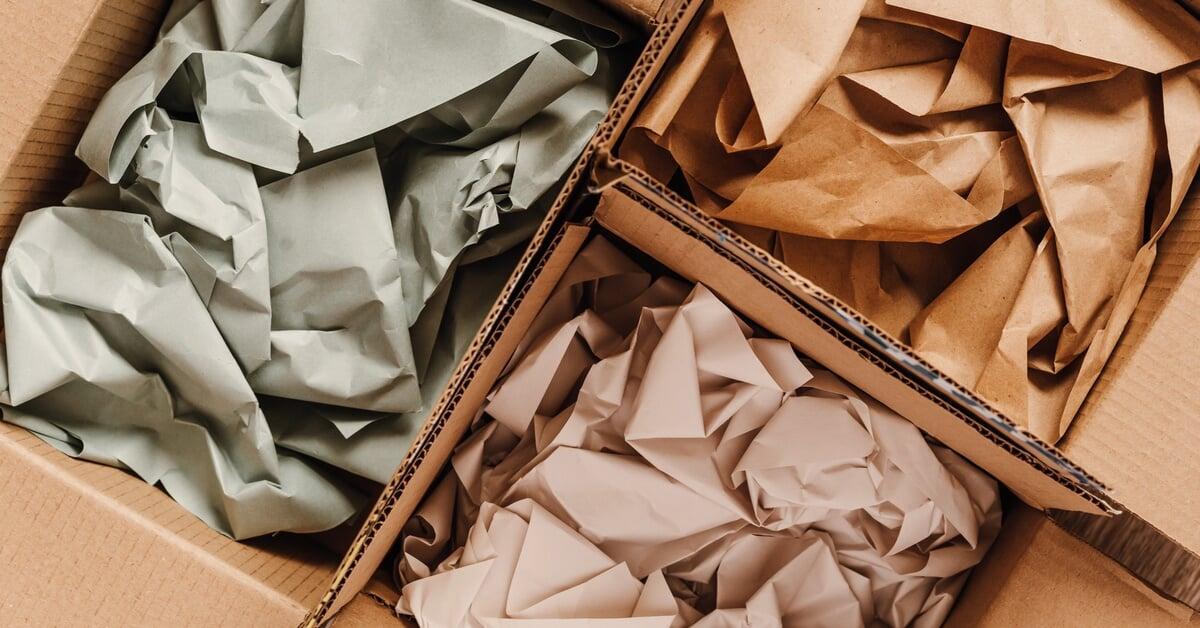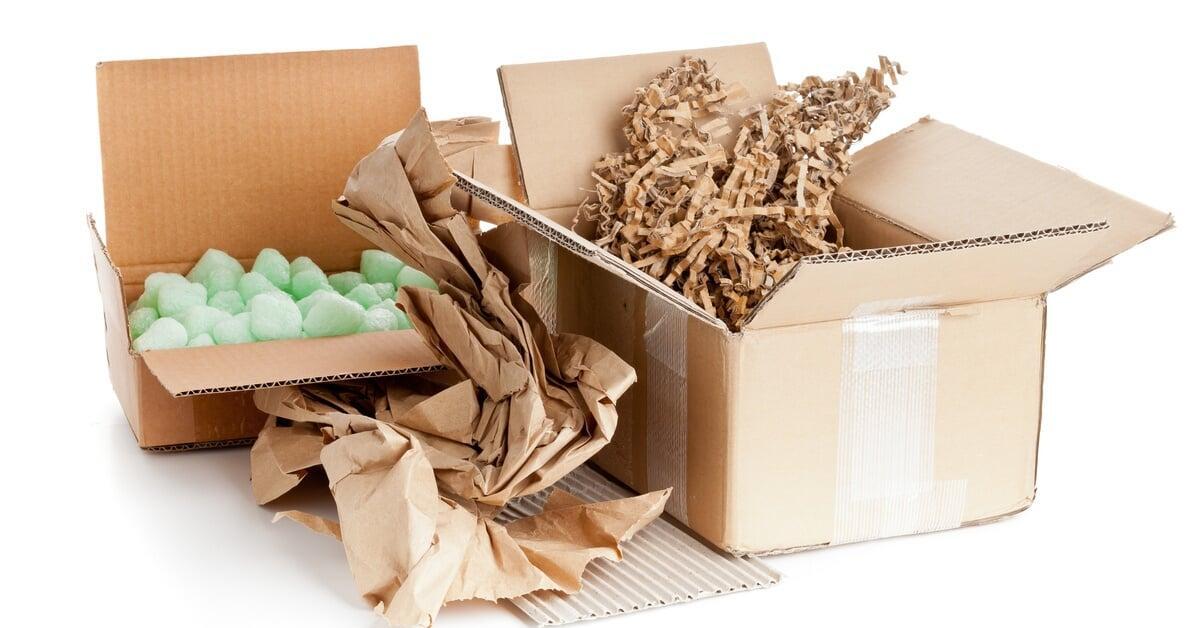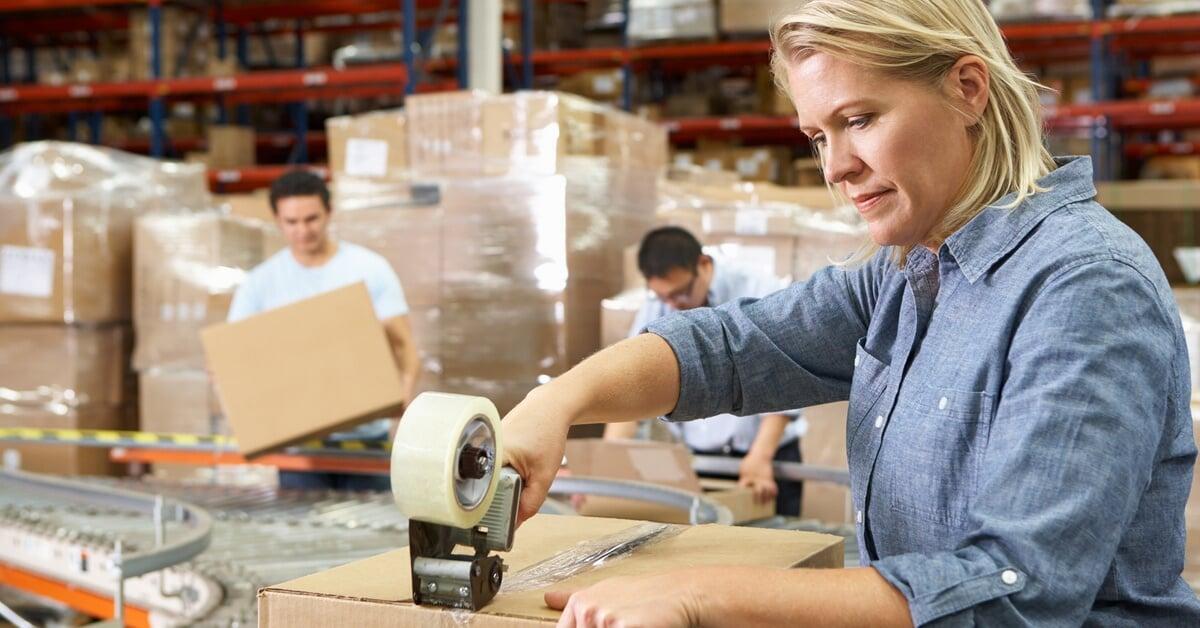
The quest for sustainability has made its way into every aspect of consumer and business practices. Packaging, a fundamental element of shipping and logistics, is no exception. Within the realm of packaging, one particular area gaining attention is void fill. Void fill refers to the materials used to fill empty spaces in packages to protect products during shipping. While traditionally these materials have included options such as plastic air pillows or Styrofoam peanuts, they often pollute the environment.
Luckily, sustainable solutions now make it possible to protect items without negatively impacting the planet. Continue reading for a step-by-step guide to sustainable void fill so you can make informed choices that align with practical needs and eco-friendly values.
What Is Sustainable Void Fill, and Why Does It Matter?
Void fill prevents damage to products during transit. However, conventional materials like plastic can take centuries to degrade, contributing significantly to pollution and waste. Sustainable void fill offers an environmentally conscious alternative by providing recyclable, biodegradable, or renewable solutions that reduce environmental harm without compromising the integrity of the packaging.
Beyond ecological benefits, sustainable void fill can elevate a brand’s reputation, appeal to eco-conscious consumers, and even cut down on excessive material use over time. For individuals, opting for sustainable void fill is a small step that contributes to larger collective efforts to protect the planet. The following guide will outline how to make the switch to sustainable void fill confidently.
Step 1: Assess Your Void Fill Needs
The first step in transitioning to sustainable void fill is understanding the specific needs of your packaging process. Every packaging task varies in size, fragility, and shipping conditions, which influences the type of void fill required. Start by identifying the types of products you ship. Are they delicate items such as glassware or more resilient items that may only require minimal protection? Understanding these details will provide clarity on the level of cushioning required for your products.
It’s also important to evaluate the volume of shipping you handle regularly. If you’re running a high-volume operation, choosing sustainable void fill in bulk or opting for customizable solutions may be necessary to streamline your process. For individuals or occasional shippers, balancing cost-effectiveness and environmental impact will be key.

Step 2: Research Sustainable Void-Fill Options
Once you’ve assessed your needs, it’s time to research the variety of sustainable void-fill solutions available. Some popular eco-friendly materials include kraft paper, corrugated cardboard, and biodegradable packing peanuts. Crumpled kraft paper provides versatile protection by creating cushioning for a wide range of items. Corrugated cardboard is another effective option, especially for larger, sturdier objects.
You may also consider materials made from agricultural byproducts, such as mushroom-based or corn-based void fill. Materials of this kind are often compostable, meaning they can return to the earth after use without leaving a trace. Each material is suited to specific needs, so invest time in understanding how these options align with your packaging applications.
Equally important is exploring the availability of these materials in your area or identifying providers who ship eco-friendly packaging ethically to reduce environmental costs.
Step 3: Evaluate the Environmental Impact
While researching void-fill options, it’s important to account for the full lifecycle of each material. Consider how we produce, transport, and ultimately dispose of items. Sustainable packaging isn’t just about using biodegradable products; it’s also about the creation of those products. Materials made with renewable energy or minimal resource use are preferable when selecting an eco-friendly option.
Additionally, think about the end-of-life stage of void fill. Can you recycle, reuse, or compost it? Does it break down quickly without releasing toxins into the environment? These questions will give you a clearer picture of which materials genuinely reduce environmental impact. For example, while biodegradable peanuts might seem like traditional Styrofoam, they dissolve in water and don’t leave microplastics behind, making them a far superior option.
By thoroughly evaluating the environmental impact of potential materials, you can ensure your selection aligns with your sustainability goals and values.
Step 4: Test the Void Fill Material
Testing is a crucial step before fully integrating sustainable void fill into your operations. Even the most sustainable materials won’t perform well if they don’t meet your packaging needs. Set up a small-scale trial where you use different types of void fill to package and ship mock orders or actual products. Evaluate their effectiveness based on several factors, such as their ability to absorb shock, maintain stability during transit, and preserve product aesthetics.
Feedback is essential at this stage. If you’re operating a business, involve warehouse staff and shipping professionals in the testing process to gather firsthand insights. Their observations will help determine whether the material is practical and easy to work with on a larger scale.
Equally important is customer feedback. If you’re testing a new material for a consumer-facing business, encourage customers to share their thoughts on the packaging. Does the void-fill material meet their expectations in terms of protection and sustainability? These insights are invaluable for making fine-tuned decisions.

Step 5: Implement the Sustainable Void Fill
After identifying a material that meets all your requirements, the next step is implementation. Create clear guidelines within your organization on how and when to use the sustainable void fill. Train employees involved with packaging to ensure they’re familiar with proper practices for handling, storing, and utilizing the new material. This can even include creating workflows that replace unsustainable materials.
If you’re an individual making small changes in your shipping process, keep the sustainable materials easily accessible. This will make you more likely to use them consistently, ensuring greater environmental impact over time.
To make the most of this step, consider integrating sustainability messaging into your packaging. A simple note that highlights the use of sustainable materials can educate recipients and build trust. Businesses can also use this as a branding opportunity to showcase their commitment to greener practices.
A Future Built on Sustainable Practices
A step-by-step guide to sustainable void fill is not merely about reducing waste; it’s about fostering responsibility at every stage of shipping and packaging. By assessing your needs, researching sustainable solutions, and implementing the right materials, you contribute to a more sustainable future while maintaining the integrity and functionality of your packaging.
Whether you’re a business striving for stronger brand values or an individual working toward a greener lifestyle, adopting sustainable void fill is a proactive step with significant rewards. With continued advancements in materials and practices, the future holds great promise for packaging that protects products and safeguards the planet.
Make the switch today with a void-fill machine from PackSmart. With a variety of models to choose from, you can experience the benefits of sustainable void fill firsthand. Small changes lead to big impacts, and there’s no better time to tackle this meaningful shift toward sustainability. Browse our selection to find the perfect machine for your needs and budget.
